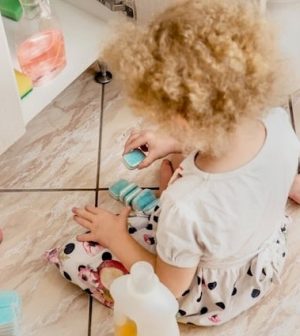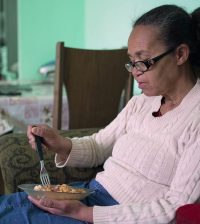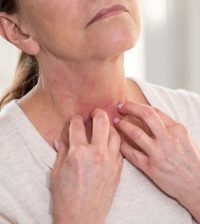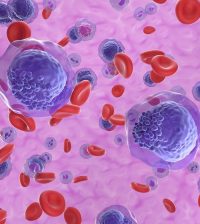- Understanding the Connection Between Anxiety and Depression
- How Daily Prunes Can Influence Cholesterol and Inflammation
- When to Take B12 for Better Absorption and Energy
- Epsom Salts: Health Benefits and Uses
- See What Saffron Can Do for Sleep and Heart Health
- 6 Common Mistakes to Avoid Before Your Physical
- Can Sweating Really Help You Beat a Cold?
- Strengthening Your Relationship: Practical Strategies
- Skip Storing This Everyday Product in the Fridge Door
- Green Tea + B3 Pairing May Boost Brain Health
Grandma, the Family Dog: Unexpected Sources of Opioid Tragedies for Young Kids

Grandma’s pill organizer. Fido’s pain medication. A tossed-away tissue.
All are potential sources of opioid poisoning for young children, researchers at the New Jersey Poison Control Center report.
Their five-year look at 230 cases of opioid exposure in children between 1 month and 6 years of age shows how easily they get their hands on dangerous drugs.
“I’ve seen too many kids in my practice at University Hospital who have gotten severely poisoned because they got opioids in their house,” said senior study author Dr. Diane Calello, medical director at the Rutgers University-based poison center.
Almost all of the exposures — 97% — were accidental. In all, 91% took place in the child’s home and more than 84% of those kids wound up in a hospital.
Many times, kids found a parent’s meds. But 17.4% of cases involved grandparents’ medications, underscoring a risk factor some might overlook. Older adults may not be as careful as Mom and Dad about securing their meds.
Pet medications were involved in 4.3% of cases — sometimes directly and sometimes from injesting meds that had been mixed with food like peanut butter and left out for the pet.
Eight in 10 cases involved kids age 2 and under.
The data came from reports to New Jersey Poison Control made between January 2018 and December 2022.
Prescription opioid pills were the No. 1 source of danger — but not the only one. Kids got access to used fentanyl patches, illicit drug paraphernalia and even traces of opioids left on discarded tissues and cotton balls.
“One opioid pill could actually kill a 2-year-old,” Calello said in a Rutgers news release. “And yet, a parent who may take that opioid pill every day may not realize that even though it’s very familiar to them, it is deadly.”
Researchers called for broader education about the dangers of opioids in the home and said that should include anyone who might have meds in a home where kids are present.
Calello said one potential solution is increasing access for parents and caregivers to naloxone, a medication that can reverse opioid overdoses.
“I’ve seen several cases of young children where I thought that if this mom or dad had naloxone with them, they could have given it, and this child may have had a better outcome,” she said.
She said she hopes to study the effects of distributing naloxone to parents more widely.
The findings appear in the December issue of The Journal of Pediatrics.
More information
The American Academy of Pediatrics has an opioid-prevention guide for parents.
SOURCE: Rutgers University, news release, Sept. 25, 2024
Source: HealthDay
Copyright © 2026 HealthDay. All rights reserved.










